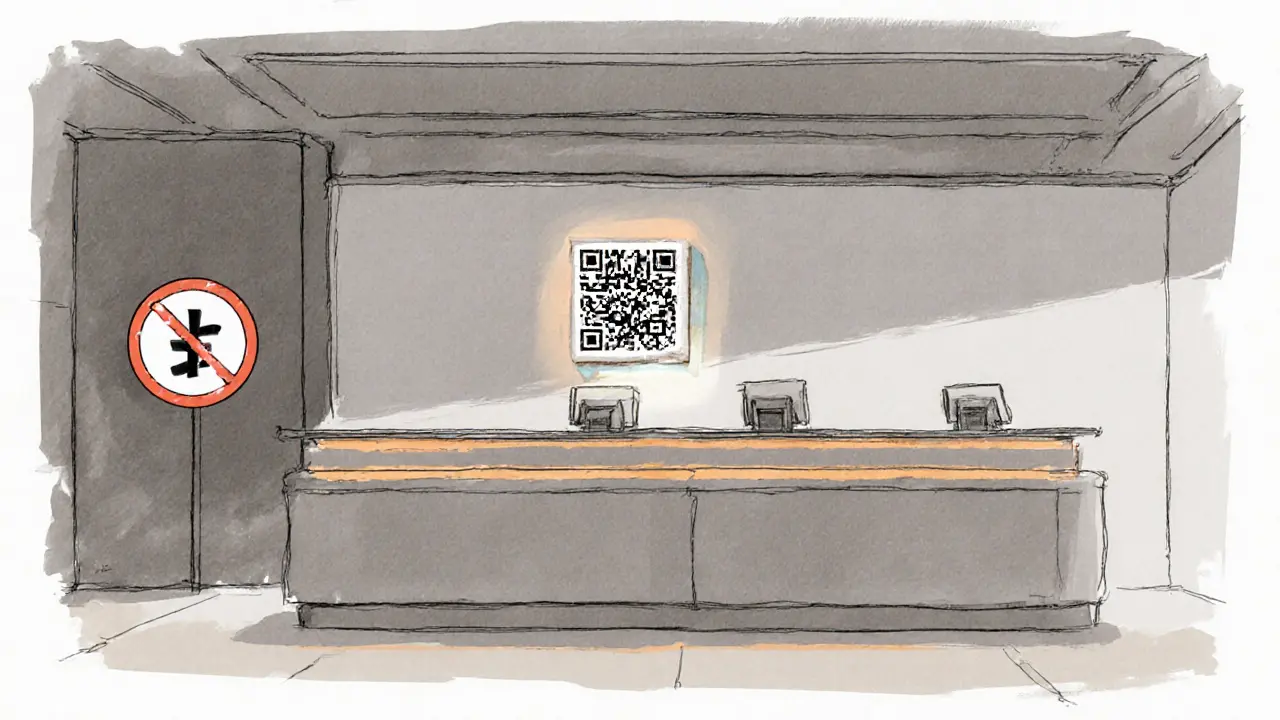Digital Yuan: China’s State‑Backed CBDC Explained
When exploring Digital Yuan, China’s official central bank digital currency that runs on a permissioned blockchain. Also known as e‑CNY, it aims to modernize payments, boost financial inclusion, and give the People’s Bank of China tighter control over monetary flow., you also encounter CBDC, a digital version of a sovereign fiat currency issued by a central bank. Both concepts share the goal of digitizing cash while preserving state authority.
Key Aspects of the Digital Yuan
The Digital Yuan encompasses a permissioned blockchain that records transactions securely without revealing personal identities. This architecture requires digital wallets supplied by banks, telecom firms, or fintech apps, letting users pay retailers, transfer money, or settle taxes with a few taps. Because the ledger is centrally administered, the PBOC can enforce real‑time monitoring and instantly freeze illicit transfers—a capability that traditional cash lacks. Blockchain, a distributed ledger technology that provides tamper‑proof records therefore becomes the backbone for transparency and anti‑fraud measures. Cross‑border payments illustrate another semantic link: the Digital Yuan enables faster, cheaper remittances between China and partner economies, reducing reliance on correspondent banks. In this scenario, the CBDC influences monetary policy by allowing the central bank to inject liquidity directly into the digital economy, adjust interest rates on digital balances, and monitor velocity of money in real time. Meanwhile, digital wallet, software that stores a user’s digital currency and facilitates transactions acts as the primary user interface, bridging everyday consumers with the underlying blockchain. Adoption is being driven by pilot programs in major cities, integration with public transport, and incentives for merchants to accept e‑CNY. The government also ties the Digital Yuan to existing fintech ecosystems such as Alipay and WeChat Pay, ensuring a smooth transition for users familiar with mobile payments. Yet challenges remain: privacy concerns, the need for robust cybersecurity, and coordination with international regulators. Understanding these dynamics helps you gauge where the Digital Yuan fits within China’s broader financial strategy.
Below you’ll find a curated collection of articles that dive deeper into related topics—step‑by‑step guides on buying crypto with fiat in China, analyses of regulatory shifts, and reviews of exchanges that support Chinese users. Whether you’re a beginner curious about how a state‑issued digital token works, or an experienced trader looking at cross‑border implications, the posts ahead offer practical insights and actionable advice.
Crypto Taxation in China: Why There's No Tax and What It Means
Explore why China has no crypto tax, how the 2025 ban makes all crypto activity illegal, and what the Digital Yuan means for investors and businesses.
VIEW MORECan Businesses in China Legally Accept Crypto? 2025 Guide
China's 2025 law makes crypto ownership and business acceptance illegal, imposing heavy fines and possible prison. Learn the penalties, compare Hong Kong's approach, and see how to stay compliant.
VIEW MORE

